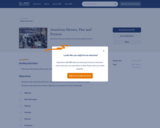
How have Americans shown civic virtues throughout history?
- Subject:
- Social Science
- Social Studies
- Material Type:
- Lesson Plan
- Provider:
- Bill of Rights Institute
- Date Added:
- 09/12/2022

How have Americans shown civic virtues throughout history?

These lesson plans encourage students to explore the contributions to society made by prominent Americans from all walks of life. Each lesson plan includes a short video, as well as a written primary sources activity, a visual primary source activity, and a culminating activity. The videos are designed to help students understand how the character traits of these Americans contributed to their achievements. Materials are targeted at Grades 3-7.

This online lesson provides perspectives from Native American community members, documents, maps, images, and activities to help students and teachers understand an important and difficult chapter in United States history. Explore the vast scope of removal and its effects on Native Nations.
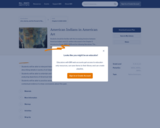
Students should be familiar with the increasing tensions between American Indians and U.S. settlers discussed in the Chapter 5 Introductory Essay: 1800-1828 and the following Narratives: The Lewis and Clark Expedition ,Old Hickory: Andrew Jackson and the Battle of New Orleans , and Tecumseh and the Prophet.
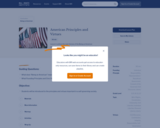
Lesson 1 outlines the main themes of the Being an American curriculum and introduces the final capstone project, in which students will capture and synthesize ideas from the lessons.

Advancements in transportation have played a key role in the growth of our nation. U.S.government policies have also had a considerable impact on the development of transport as we know it today. In this series of three lessons,the students examine transportation and its impact on our nation (and vice versa) since the United States declared its independence in 1776.
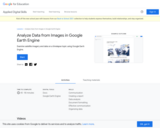
Students learn to analyze visual informaiton from Google Earth Engine.
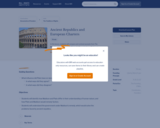
In this lesson, students will compare and contrast excerpts from The Republic of Plato and selected Federalist Papers by James Madison to determine in what ways Madison agreed and disagreed with Plato, regarding human nature the proper role of government in a society. What influence did Plato have on James Madison and the writers of the Constitution? In what ways did they agree? In what ways did they disagree?

Students learn how to annoate text in Google Docs.

This lesson plan examines the events of the Bloodiest day in American History and helps students to understand the complexities of the event. Students will use the American Battlefield Trust Antietam 360 Virtual Tour to study certain moments of the battle and analyze how the natural and man-made environment affected the maneuvers, strategies, and tactics used during the battle as well as how these factors impacted the outcome of the battle.
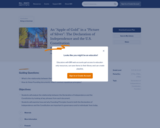
What is the relationship between the Declaration of Independence and the Constitution? How do these Founding documents reflect common republican principles?
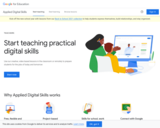
Teach students using engaging lessons with blend technology tools with content area knowledge.
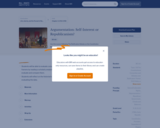
Use this Lesson following The Ratification Debate on the Constitution Narrative.

Use this lesson after reading The Constitutional Convention Narrative and/or the Constitutional Convention Lesson.

An art gallery is holding a special exhibition of small watercolors. The exhibition will be held in a rectangular room that is 22 meters long and 20 meters wide with entrance and exit doors each 2 meters wide as shown below. Two security cameras are fixed in corners of the room, with the resulting video being watched by an attendant from a remote control room. The security cameras give at any instant a "scan beam" of 30o. They rotate backwards and forwards over the field of vision, taking 20 seconds to complete one cycle.

This resource from the National Constitution Center includes an introduction, big questions, recorded class sessions, briefing documents, slide decks, and worksheets about Article I of the United States Constitutuion.

This resource from the National Constitution Center includes an introduction, big questions, recorded class sessions, briefing documents, slide decks, and worksheets about Article II of the United States Constitutuion.

This resource from the National Constitution Center includes an introduction, big questions, recorded class sessions, briefing documents, slide decks, and worksheets about Article III of the United States Constitutuion.

This resource from the National Constitution Center includes an introduction, big questions, recorded class sessions, briefing documents, slide decks, and worksheets about Article V of the United States Constitutuion.

This resource from the National Constitution Center includes an introduction, big questions, recorded class sessions, briefing documents, slide decks, and worksheets about Article VII of the United States Constitutuion.